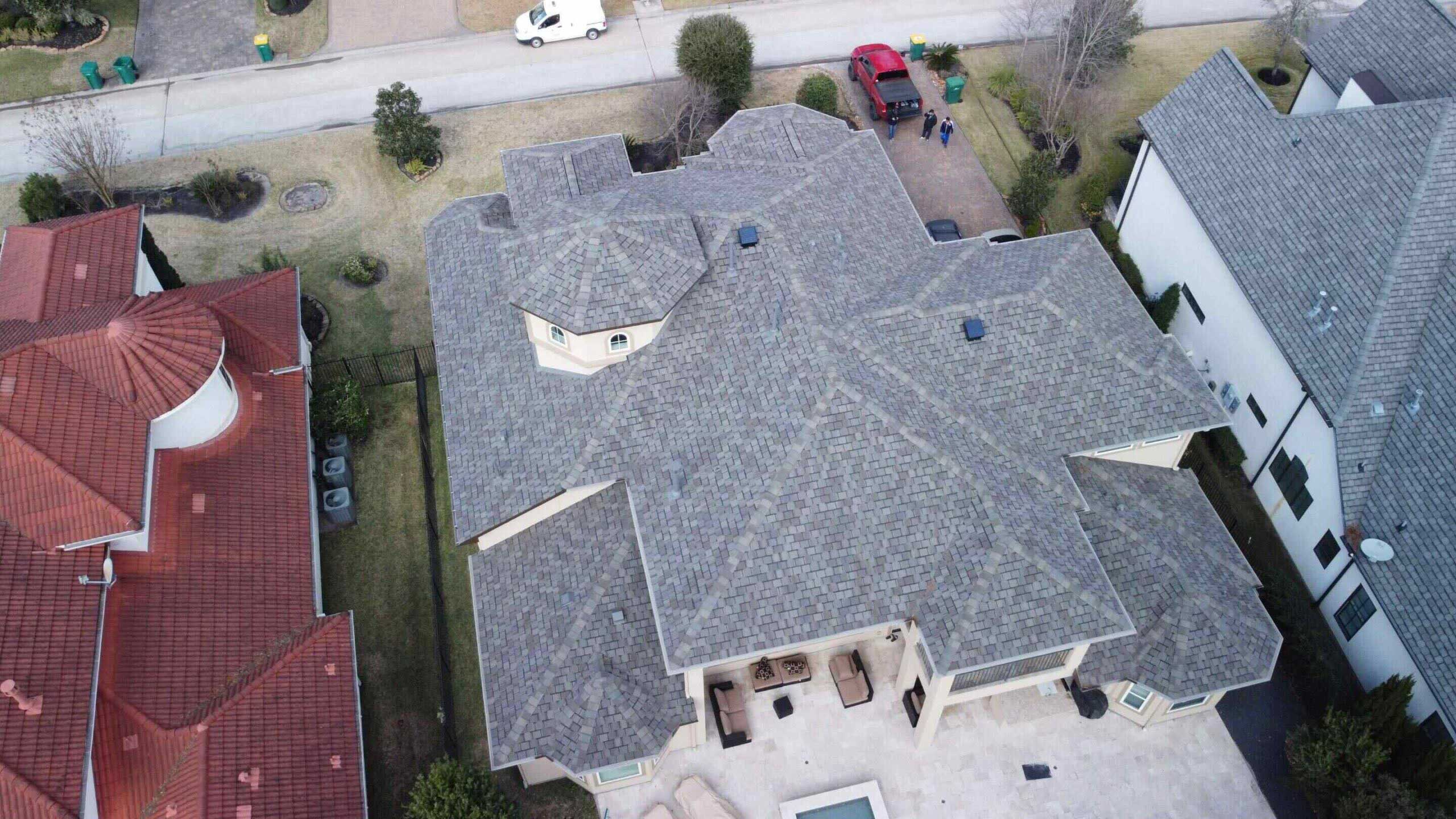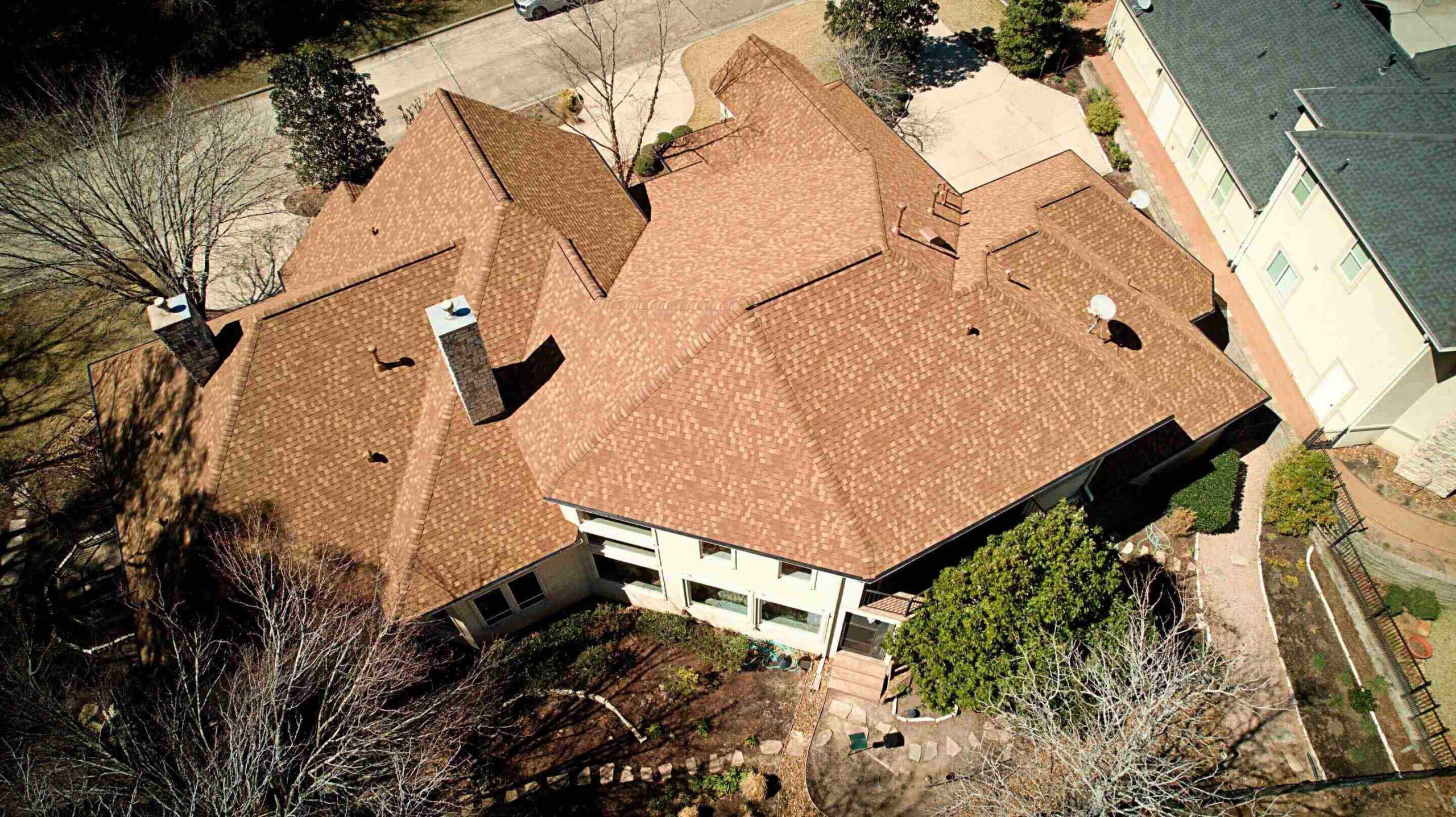Planning a roof replacement? In addition to doing your research on the basics (like the roofing materials most suited to the local climate and the colors that complement your exterior), it’s important that homeowners at least have a basic understanding of their roof’s structural components and how they provide support for your roof.

Redemption Roofing elaborates on the function of some of these structural components and the loads they need to support below:
The Function of Roof Trusses
A roof truss is a joint framed structure that provides support for your roof’s inclined, vertical, and horizontal loads. It has three main components: the top chords (which establish the upper portion of the roof truss), the bottom chords (which form the lowest part of the roof truss), and web bracing (this is the component responsible for making sure the rafters provide enough support). To ensure the support provided by the roof truss is stable, roof trusses are usually made from rigid but lightweight materials like wood and metal.
Why Roof Trusses Are the Preferred Choice
Other forms of roof structures include traditional stick framing and timber framing. While they have their advantages (the former is more affordable provided you have enough time and labor while the latter is known for creating beautiful exposed timber-frame structures), most contractors would recommend roof trusses. That’s because, compared to other traditional roof structures, roof trusses are easier to assemble and transport through different locations, arguably making them the more practical choice.
What Are the Different Types of Roof Trusses?
- Howe truss – Wooden and metal Howe trusses have a wide coverage of 20 to 98 feet.
- Fan truss – Steel fan trusses, which have a span of 33 to 50 feet, are one of the simpler designs.
- North light roof truss – North light roof trusses are one of the oldest and most cost-effective types of trusses. They’re often used in industrial structures and large spaces and have a coverage of 20 to 30 meters.
To learn more about the pros and cons of the different roof structures, consult a local roof repair and replacement contractor. Since local contractors are
What Are the Things Your Roof Has to Support?
- Dead loads – Dead loads refer to the combined weight of the roof itself, including the total weight of the materials and structures attached to it. As a general rule, the heavier the roofing material, the heavier the dead load your roof has to support. For instance, a roofing system made of lightweight asphalt shingles (the most popular type of roofing material in the country) would normally have a dead load of 15 pounds per square foot while a roof made from clay tiles a dead load of as much as 27 pounds per square foot.
- Live loads – Live loads come from temporary objects (or people) on your roof. For instance, the weight of contractors and their equipment would be considered as live loads. In general, a standard roofing system should be able to handle a live load of 20 pounds per square foot in addition to the dead load it has to support.
- Uplift load – When wind hits your walls, its energy is dispersed and exerts upward and downward pressure on your exterior. A standard roofing system should be able to withstand 20 pounds per square foot from winds with a maximum speed of 90 miles per hour.
You shouldn’t worry too much about the structural support of your roof replacement if you hired a qualified roofer. They will know how to calculate how much support your roof will need.
Hiring a Contractor
To make sure your new roof has enough support and is installed correctly, it’s important to vet a prospective contractor.
Here are some vetting tips to get you started on your search:
- Focus your search on contractors near you – To quickly narrow down your options, limit your search to contractors near your area. Hiring local contractors also has other advantages. In addition to their familiarity with the local climate and building codes, they are known for their personalized service.
- Go through their online reviews – Online reviews should give you an idea of the level of service you can expect from contractors. Keep in mind that a few negative reviews aren’t necessarily a red flag. After all, miscommunication sometimes happens. If you come across negative reviews, what you should focus on is the contractor’s response to the complaints. Did they take the time to post a response? And if so, was it done in a professional manner?
- Ask how long they’ve been in business – The number of years a contractor has been working in the industry should give you a good idea of their level of expertise.
- Check their qualifications – The minimum qualifications for contractors vary from state to state. For instance, the state of Texas doesn’t require roofers to have a license. However, roofers can voluntarily apply for a license through the Roofing Contractors Association.
Important note: your contractor should have workers’ and general liability insurance to protect you from legal liabilities in case there are workplace injuries on your property.
Planning Tips
Once you hired a qualified roof repair and replacement roofer, you should set a meeting with them to discuss important project details (such as your roof’s structure and roofing materials). Some of the details you should discuss are:
- Required work permits – In addition to the clean-up of construction debris, contractors usually handle the application for work permits. However, it’s highly recommended that you clarify this crucial detail with them.
- Project timeline and deadlines for the deliverables – Keep in mind that, at this stage, this is just a projected timeline.
- Contingency plans – You can never rule out weather-related project delays or storm damage. That’s why professional contractors always prepare contingency plans. For instance, if it starts to rain in the middle of a roof replacement, it’s standard practice for contractors to cover the exposed roof sheathing with a tarp and wait for the weather to clear up. This is to keep rain from drenching your new roof’s decking, barriers, OSB boards, and felt (all of which are susceptible to moisture damage) and prevent accidental slips on the roof’s wet surface.
- Roofing materials to be used – No matter how durable your roof is, it won’t last long if it can’t handle your area’s climate. That’s why you need to choose a roofing material that’s tough enough to handle your area’s climate. Remember: there’s no such thing as a one-size-fits-all approach in home improvement projects, and roof replacement projects are no exception.
Tips for Effectively Communicating With Your Roofer
Don’t forget that home improvement projects are essentially a collaboration between you and your contractor. That’s why constant communication with them is vital to the success of your roofing project.
Here are some tips on communicating with your roofing contractor:
- Inform your contractor about the times when you’re usually available and your preferred mode of communication – This will help reduce delays between responses.
- Ask for routine updates
One more thing: while it’s important to stay within your budget, you shouldn’t get too preoccupied with your costs. That’s because cutting corners on the quality of roofing materials always ends up costing homeowners more in the end. Focus instead on how you can maximize the return on your investment.
Redemption Roofing, a family-owned company with more than 35 years of experience, offers a wide range of professional roofing services, including storm damage services. To request an estimate, you can call us at these numbers: 936-321-3733, 281-205-1337, 830-214-7779 , (409) 403-5073, and (337) 305-7705. You can also fill out this form.










